ALPACA WOOL SINCE INCA EMPIRE :
“A GODS’ WARMING GIFT TO MANKIND”
ALLPACHU TEAM @ SHEARING …
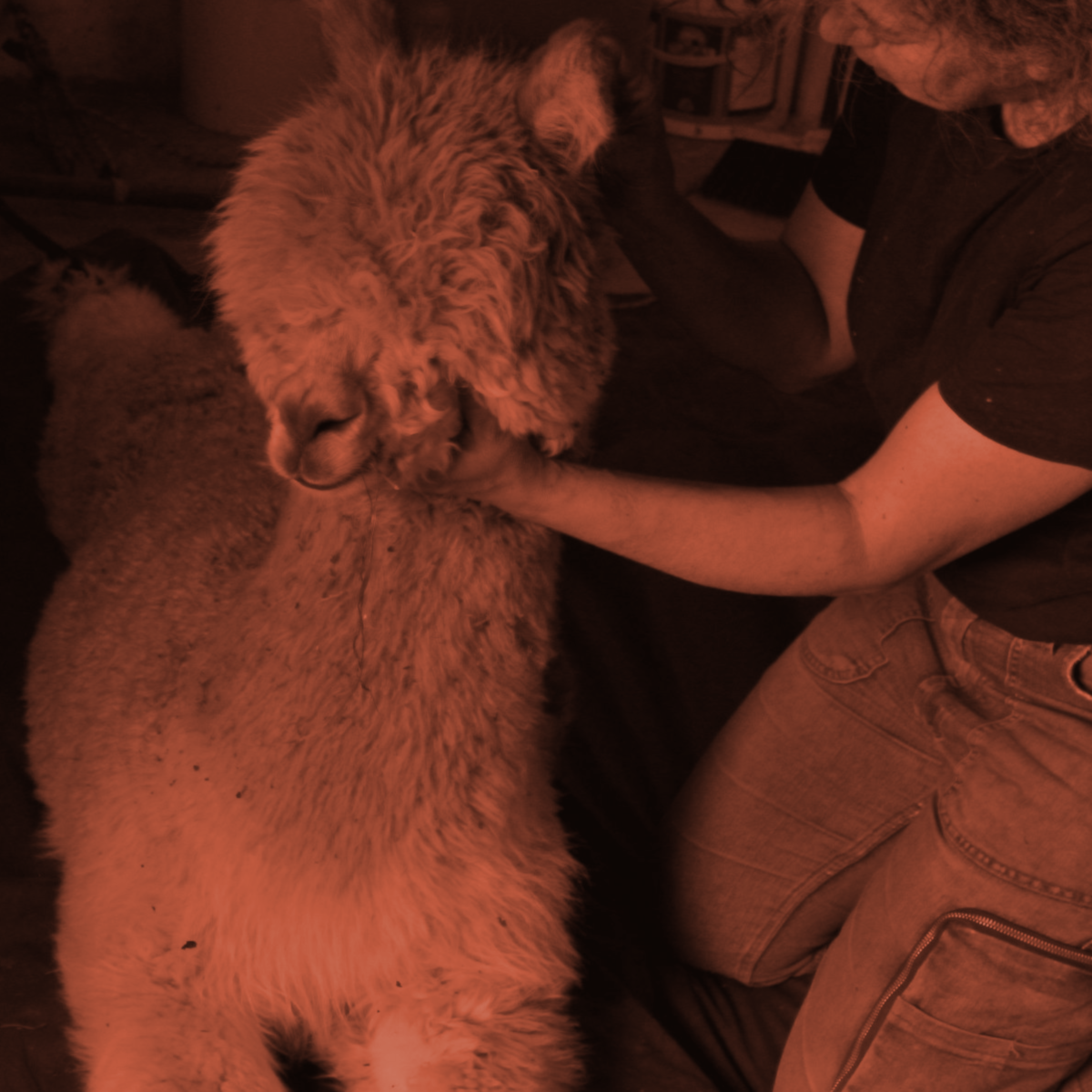
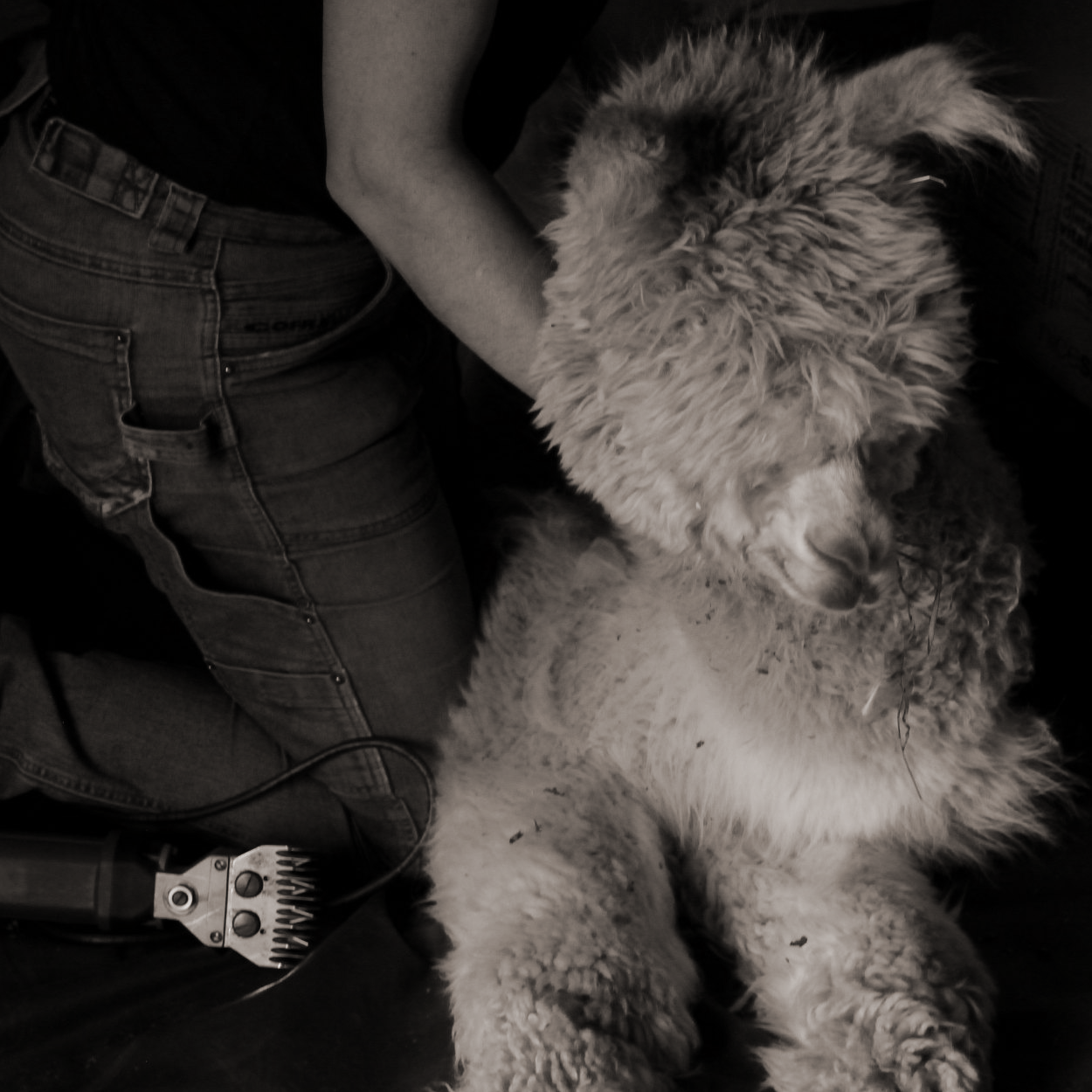
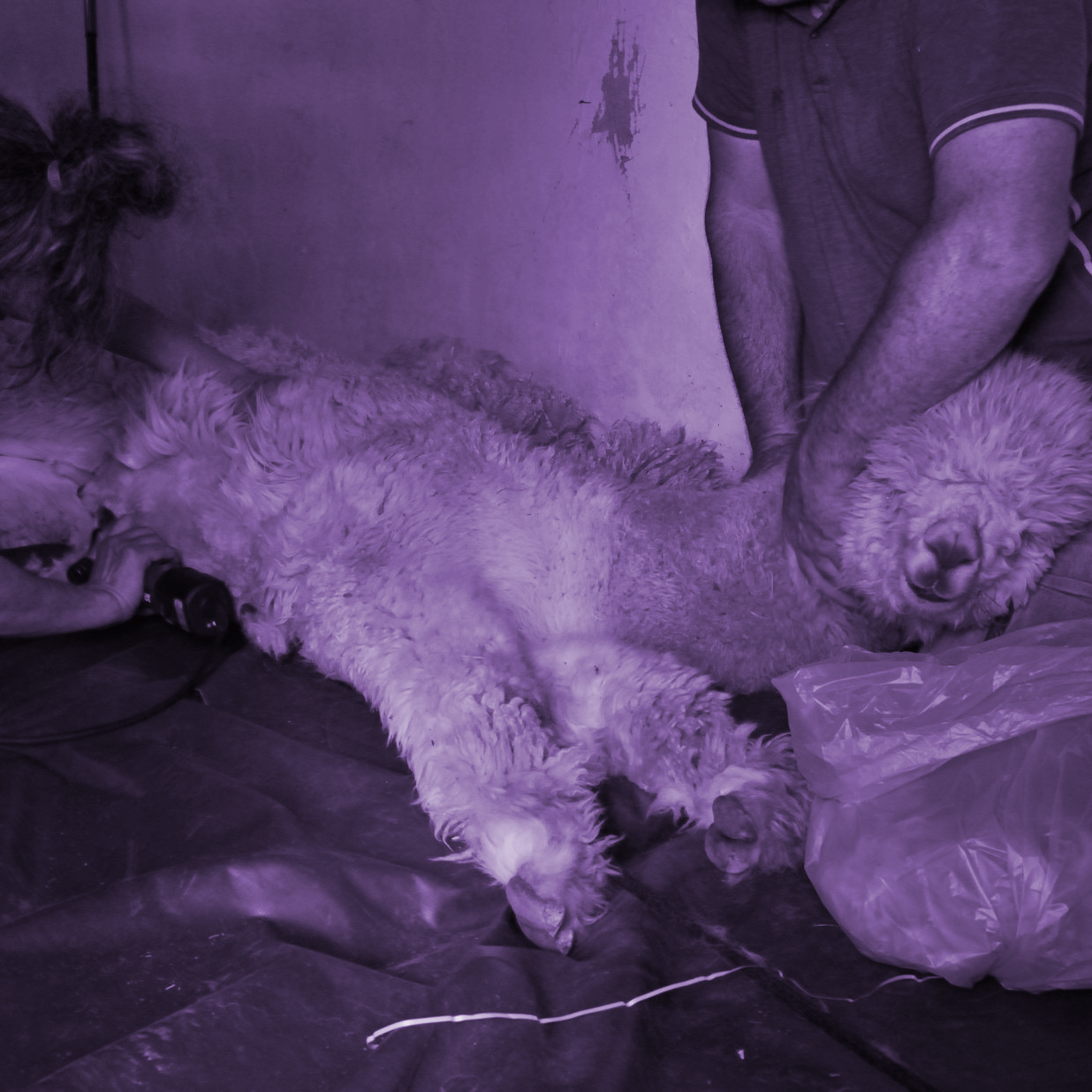
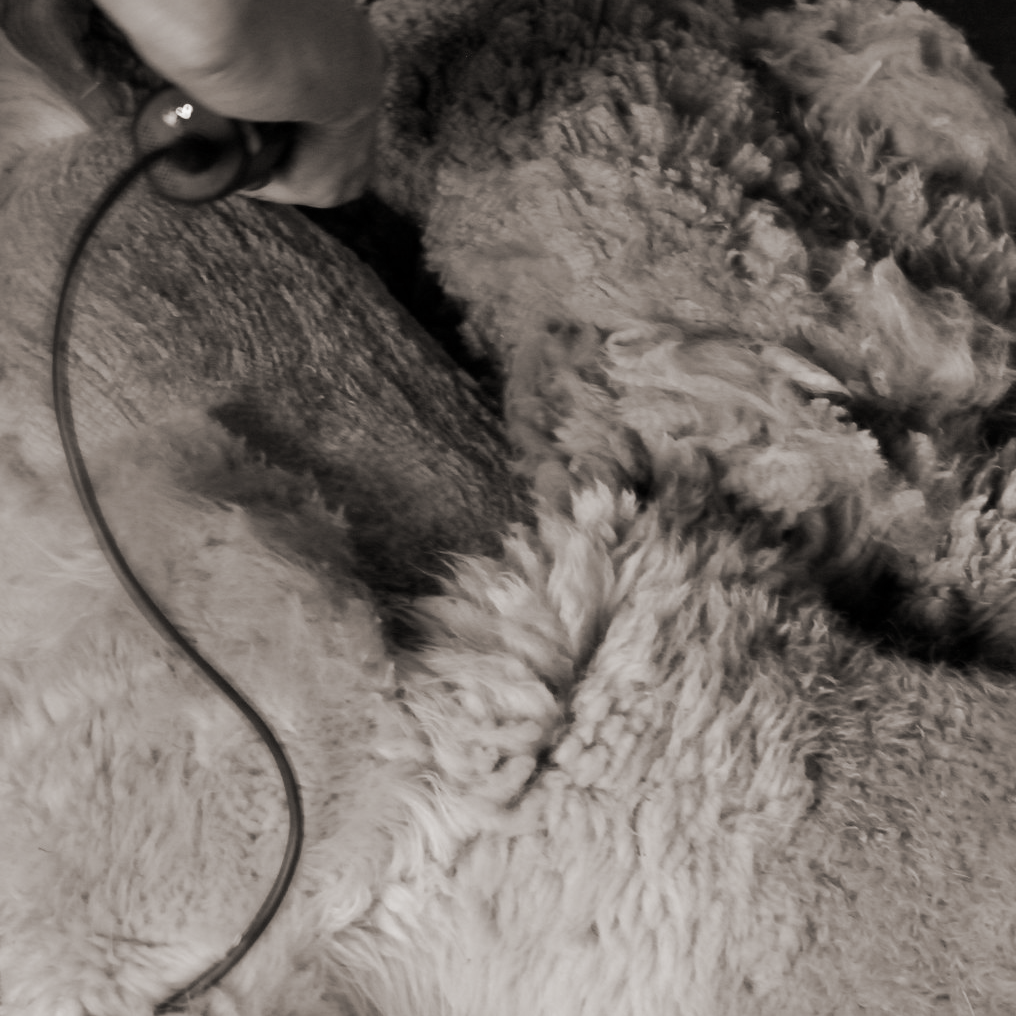
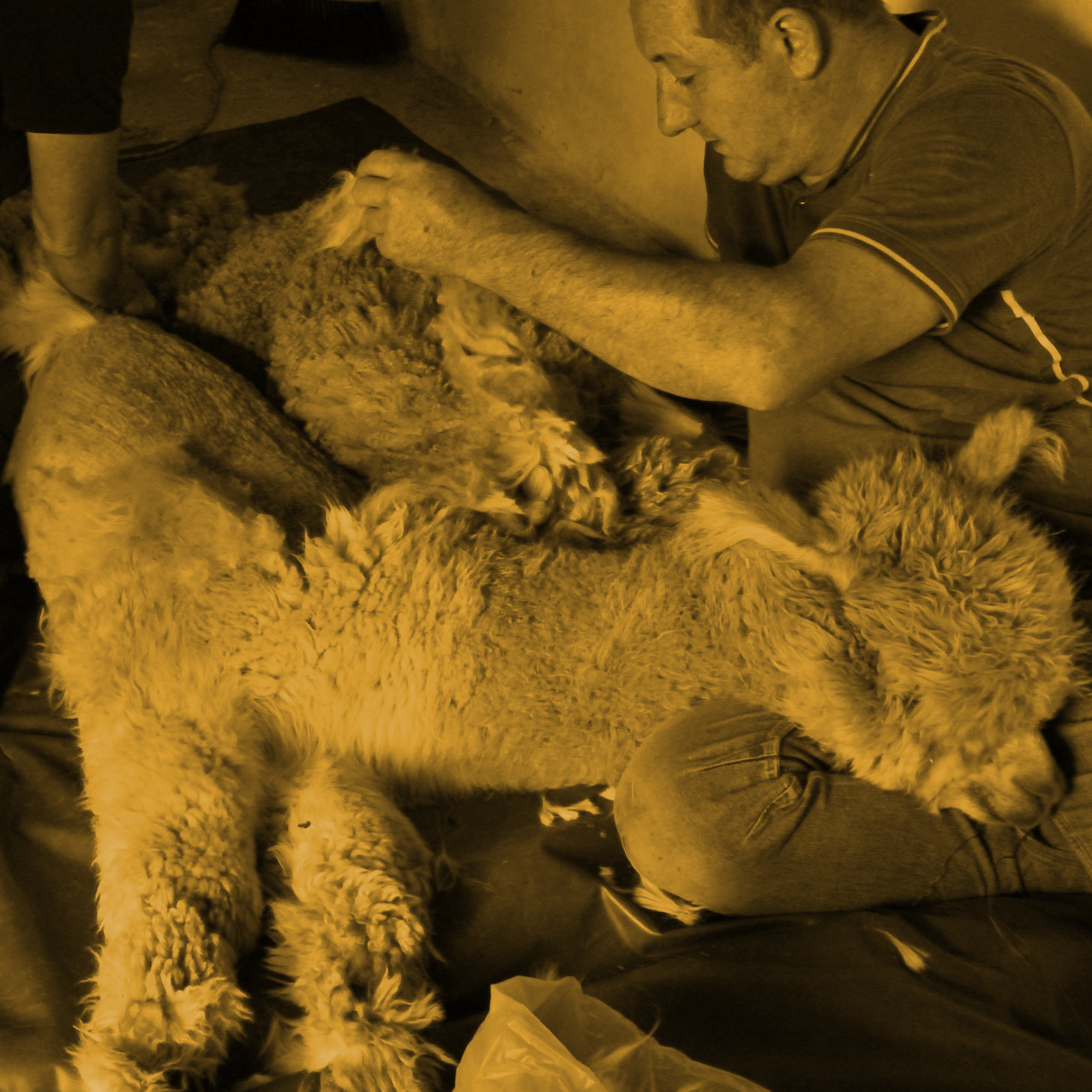

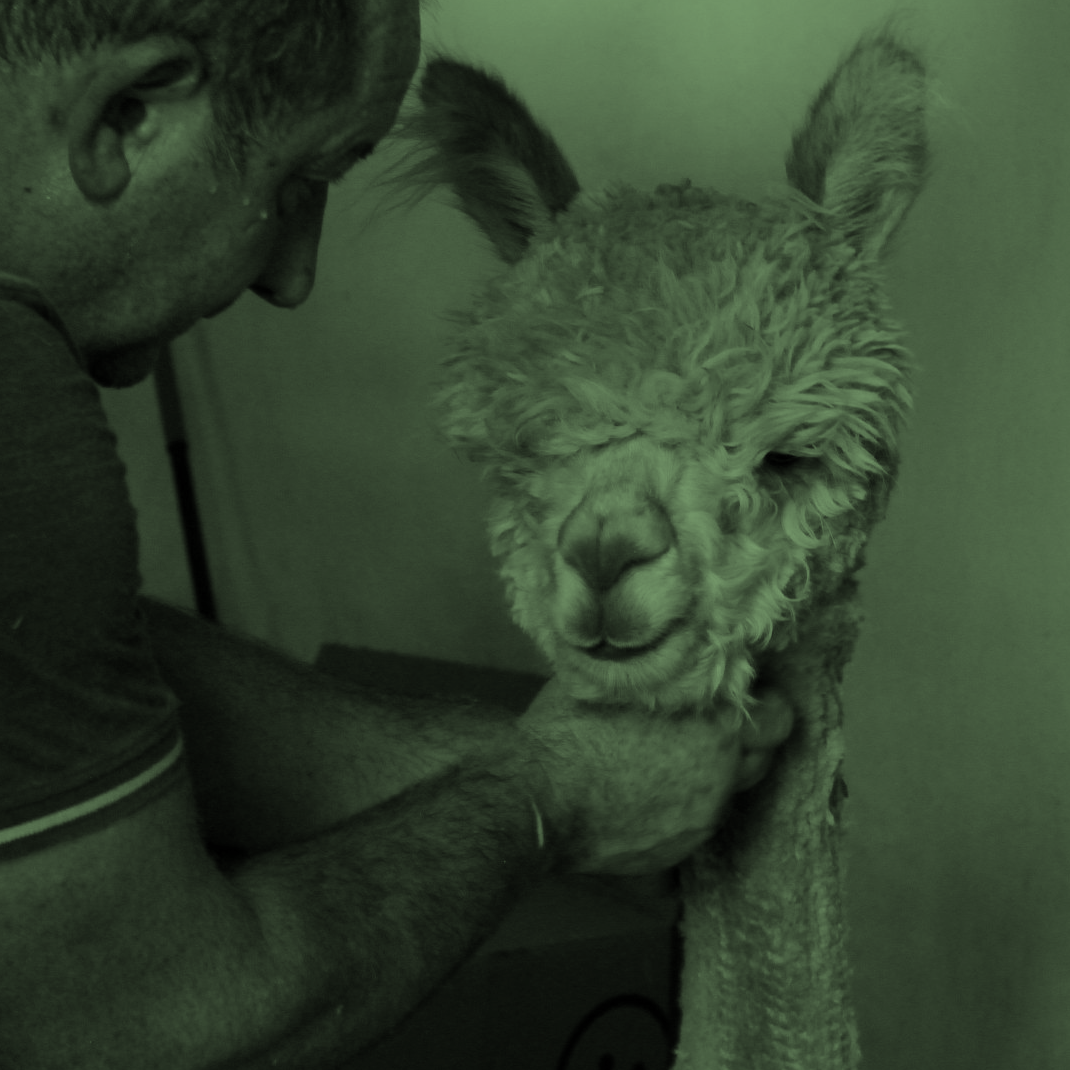
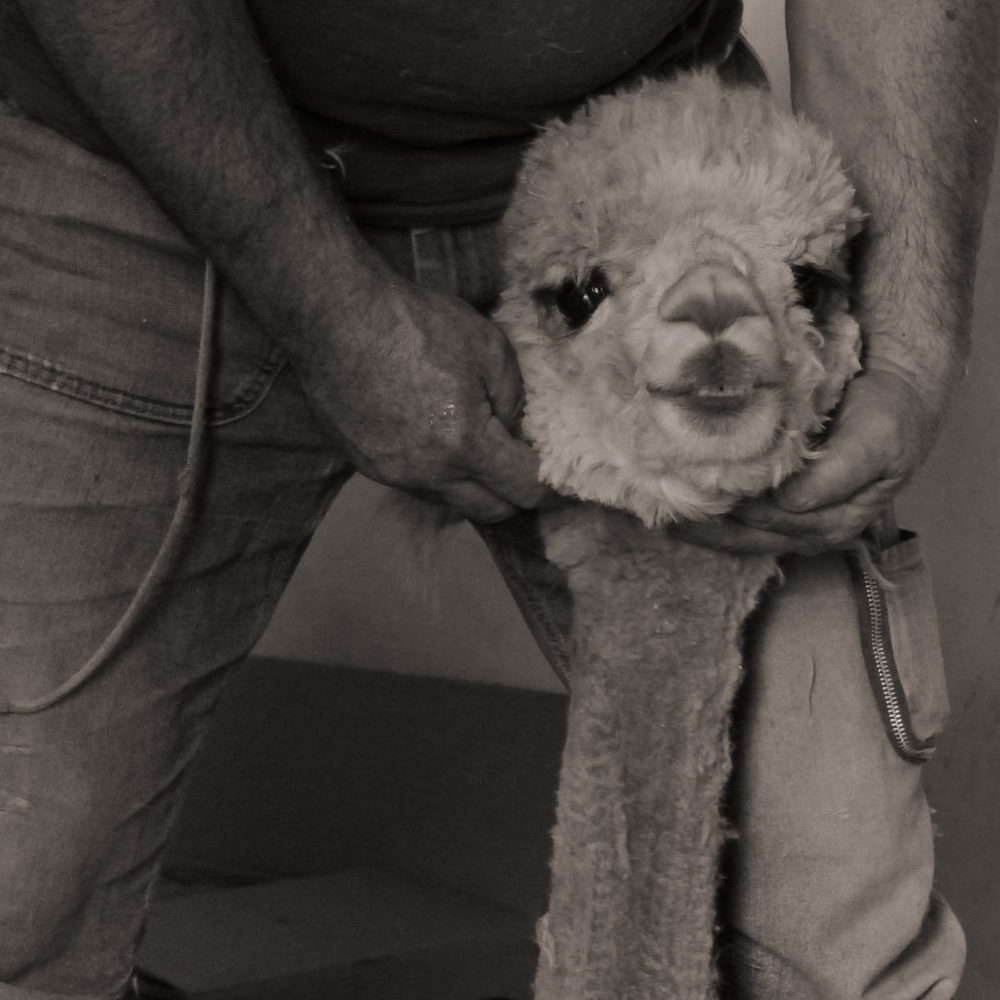
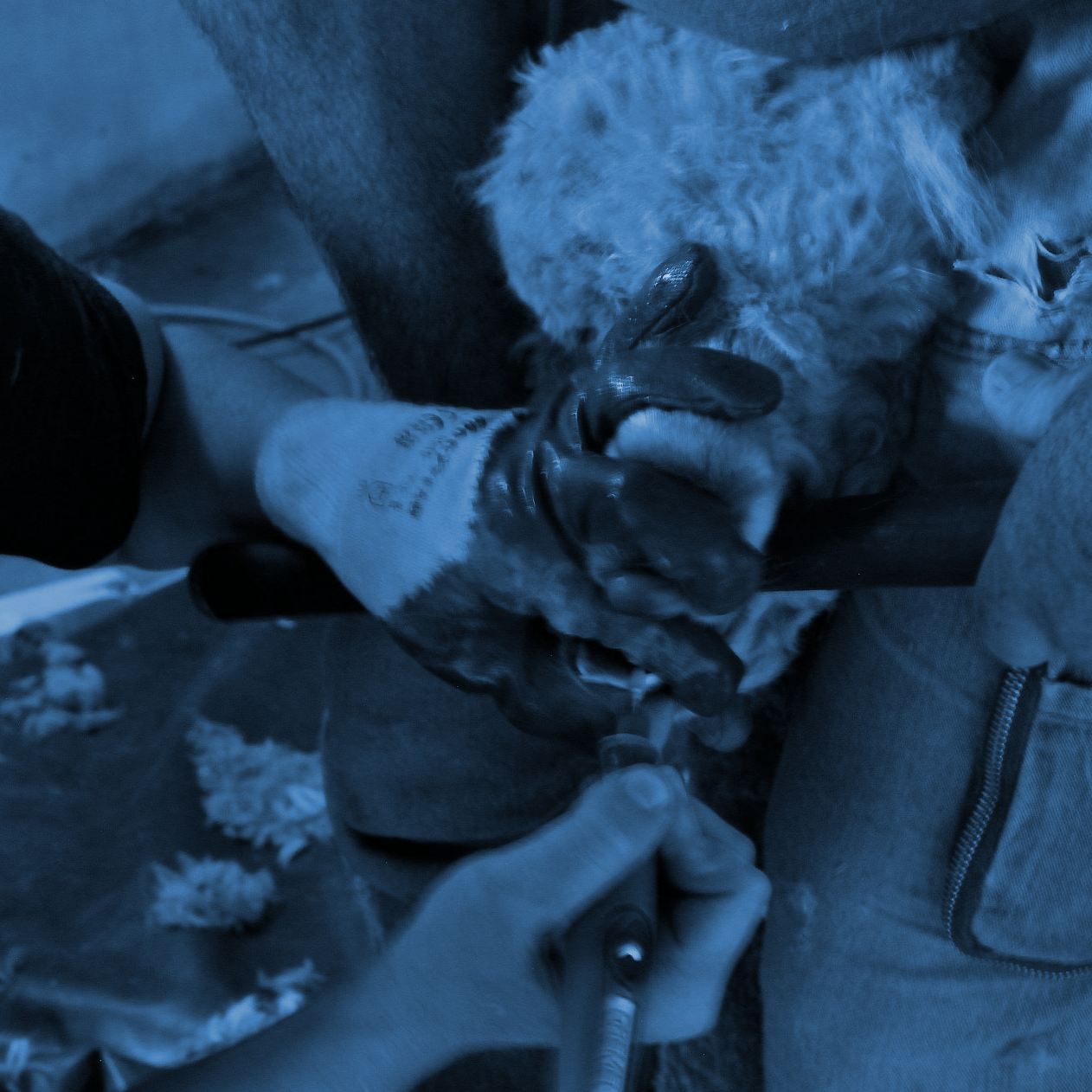
CONSIDERED ONE OF THE MOST LUXURIOUS FIBER IN THE TEXTILE MARKET …
A HIGH PERFORMANCE SUSTAINABLE FIBER WITH REALLY SPECIAL TRAITS
Elastic, strong and soft to the touch, the alpaca wool offers the biggest color range out of all the natural fibers and like fur, it has its own natural luster which does not diminish with time.
Alpaca fiber really provides maximum comfort: it is smooth and delicate to the touch because of the cell structure of its hair, which is unequalled by other animal fibers, and unlike some wools, there is no itchiness when alpaca fleece touches the skin, furthemore it has the advantage to not accumulate charges of static electricity.
Going back to the times of Inca Empire, alpaca fiber was considered a symbol of high social status and a greatly desired commodity. A piece of cloth was considered the most precious gift, it was exclusive only to members of the royal family and the highest officials of the Inca civilization. Therefore, they allowed only designated craftsmen to weave the alpaca fiber.
Today it is appreciated by vendors, designers and customers as alternative to wool, cashmere and fur because of its unique attributes, here below the 10 most popular ones:
* The Alpaca hair is three times stronger than that of the sheep and seven times warmer.
* It is fireproof so it won’t burn unless in direct contact with a flame.
* It is thermally insulating by having microscopic air pockets inside, which makes it lighter but still very hot.
* It absorbs little humidity from the surroundings and it does not retain water.
* It can resist solar radiation and its natural color does not fade and it has a silky shine that remains despite washing.
* Being so strong and resistent, it is ideal to achieve very durable and easy care garments, that means effecting saving for people, furthermore, by producing less waste we can limit the environmental impact.
* It is hypoallergenic because it does not contain fat, oil or lanolin and it is mostly itch-free.
* It is very thin fiber, the most precious grade is defined Royal Alpaca, it is below 19 microns at times even down to 12 microns.
* It is naturally colored with the richest color range out of all the natural fibers (more than 22 natural colors), so it does not require any chemical dyeing process, which often damages the wool structure.
* It is a natural fiber therefore completely biodegradable so once again a greater care for our environment.
NATURAL ALPACA FIBER COLOR CHART
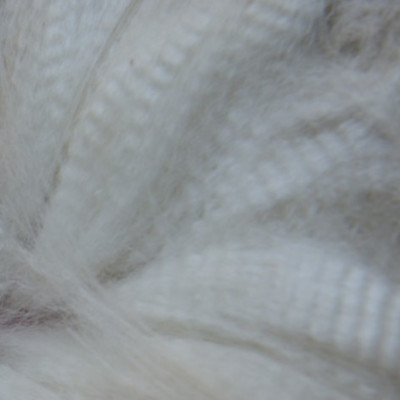
WH White
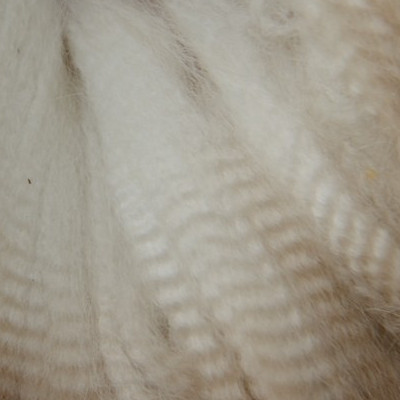
BG Beige
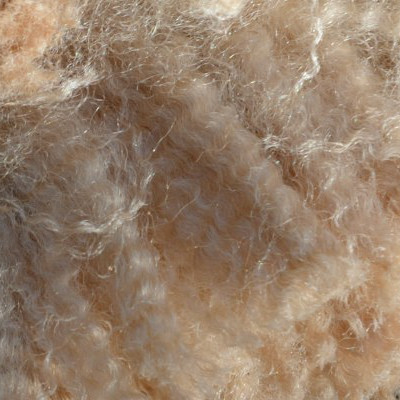
LF Light Fawn

MF Fawn
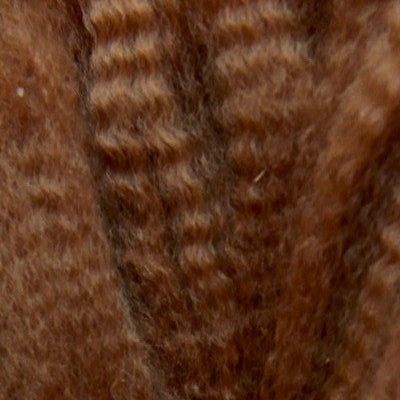
DF Dark Fawn
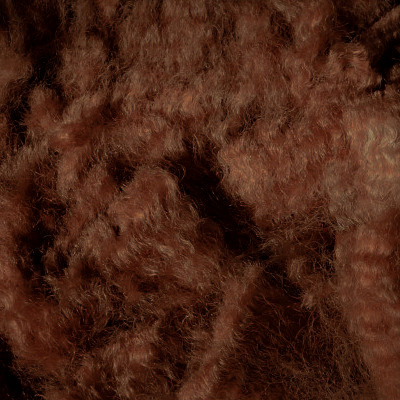
LB Light Brown
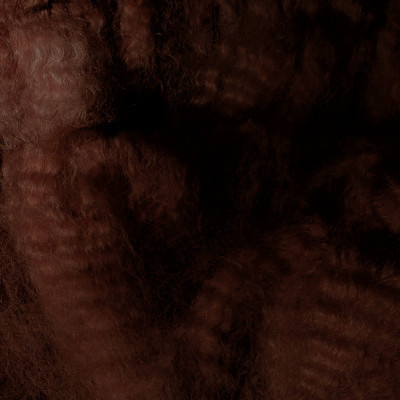
MB Medium Brown
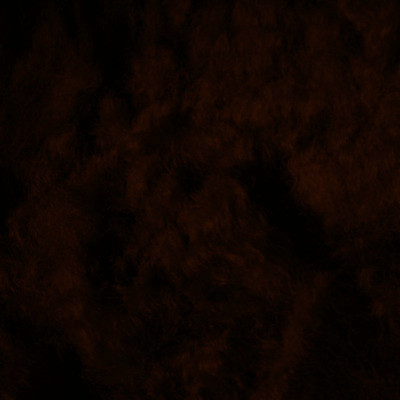
DB Dark Brown
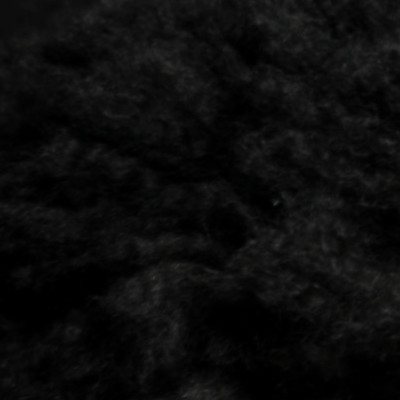
BB Bay Black
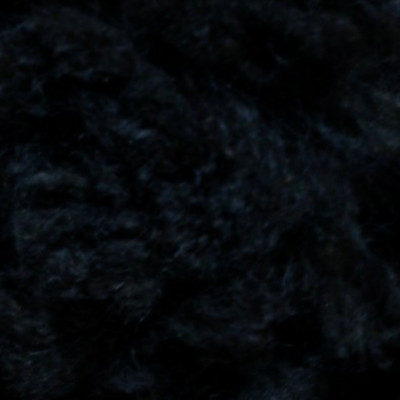
TB True Black
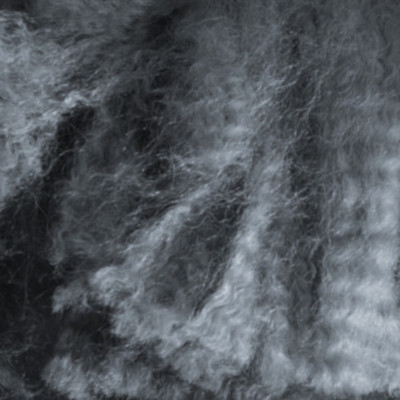
LSG Light Silver Grey
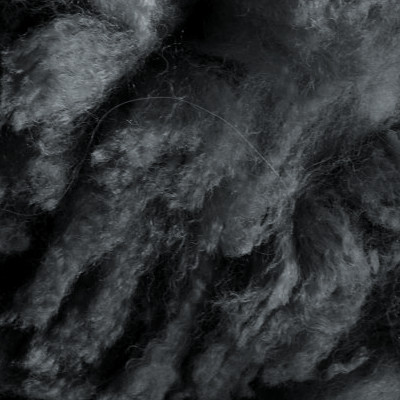
MSG Medium Silver Grey

DSG Dark Silver Grey

LRG Light Rose Grey
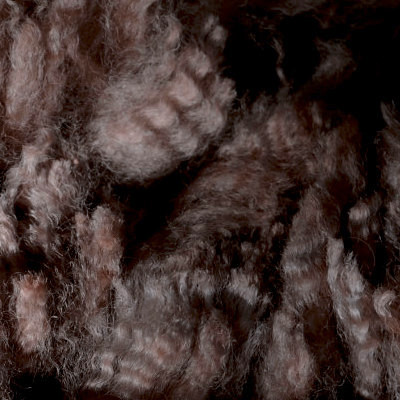
MRG Medium Rose Grey
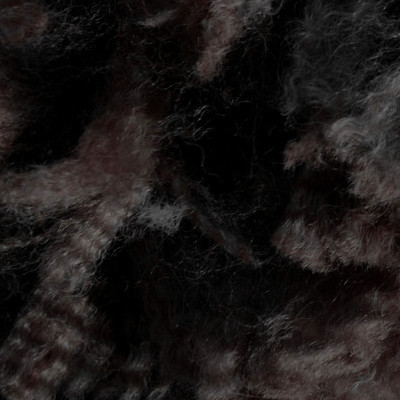
DRG Dark Rose Grey
WHY ARE SOME PARTS OF ALPACA BODY BRING SOFTER OR COARSER HAIR ?
THE IMPORTANCE OF A FINE FIBER …
